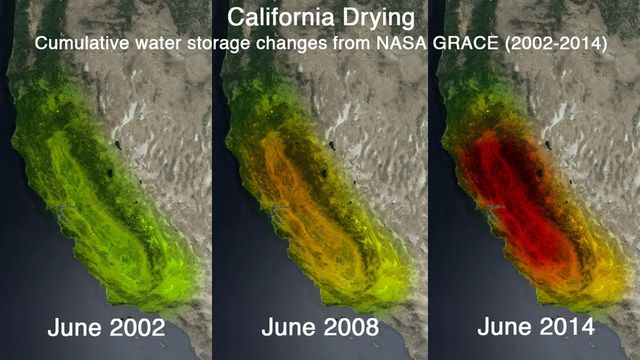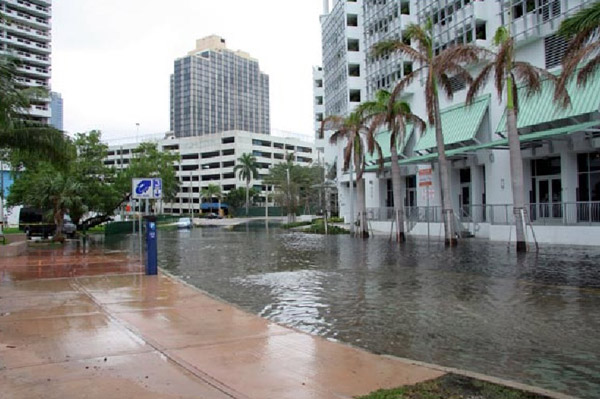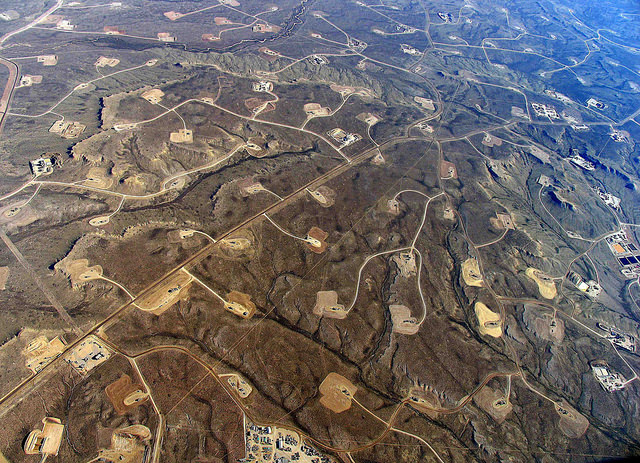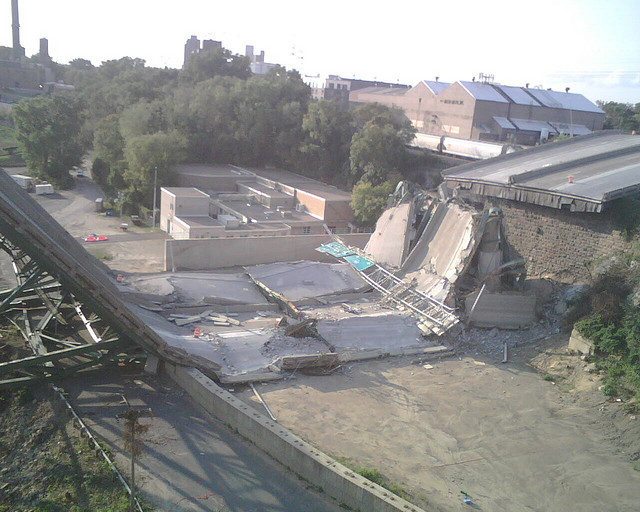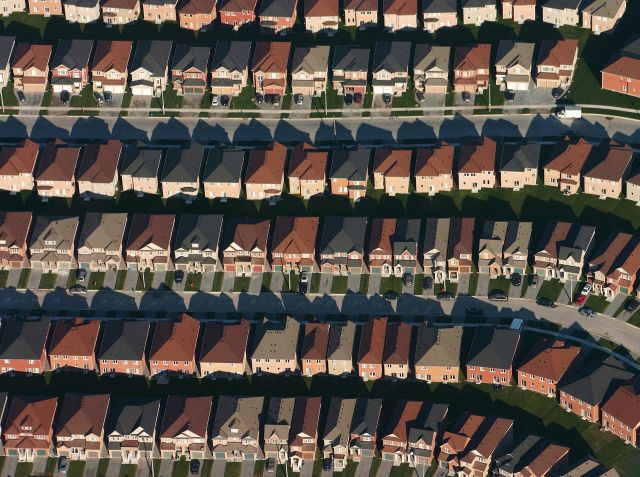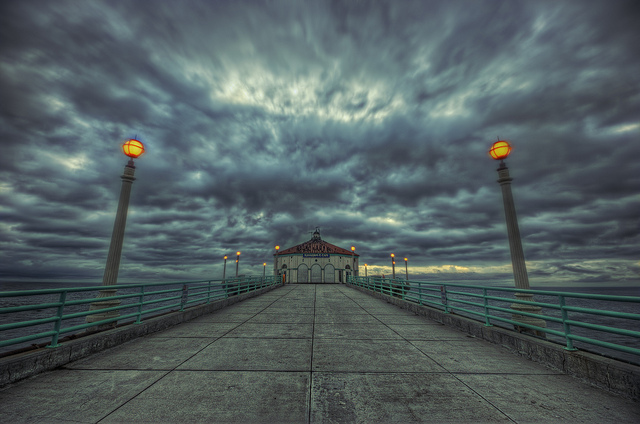Podcast: Play in new window | Download
Subscribe: RSS
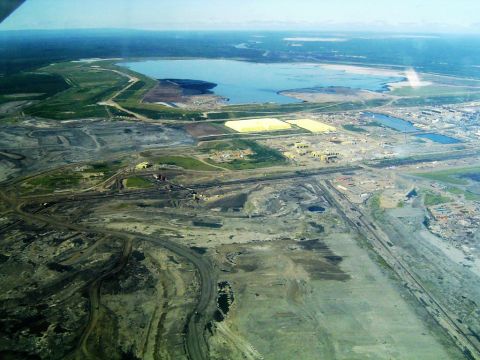
A tar sands mine and plant near Fort McMurray, Alberta, Canada. The recipe is simple: scrape the skin off the earth, boil what you find, wash the residue, dilute it with explosive fluids and send it 3,000 miles to where someone can make an inferior product with it. For some reason, the business model isn’t working. (Wikipedia Photo)
Just as is the case in the American tight (shale) oil plays, things in the Canadian tar sands are breaking down fast, and for the same reason: wringing the last few barrels of oil out of the earth is proving to be far more expensive than hoped. Two weeks ago the Norwegian energy giant Statoil postponed for at least three years building a new tar sands project designed to pump 40,000 barrels a day; earlier this year Total SA of France, the fifth-largest oil company in the world, suspended operations at its $10 billion oil sands mine while it tries to figure out a way to make a profit; and Shell announced in February indefinite suspension of work on a prospective 200,000-barrel-a-day mine. (The same Shell that has been quietly folding its 13-billion-dollar hand in the US shale-oil bonanza and tiptoeing from the building? Yes, the very same.) Continue reading
